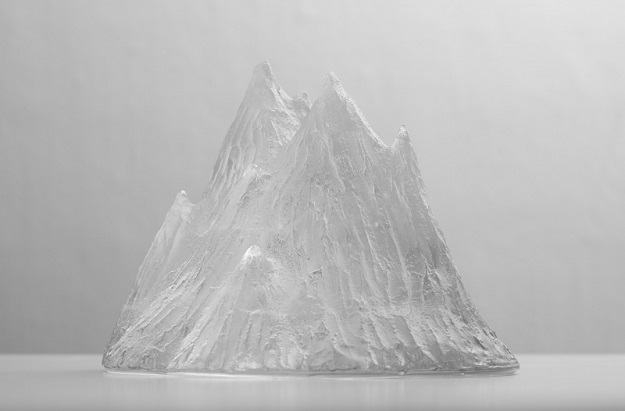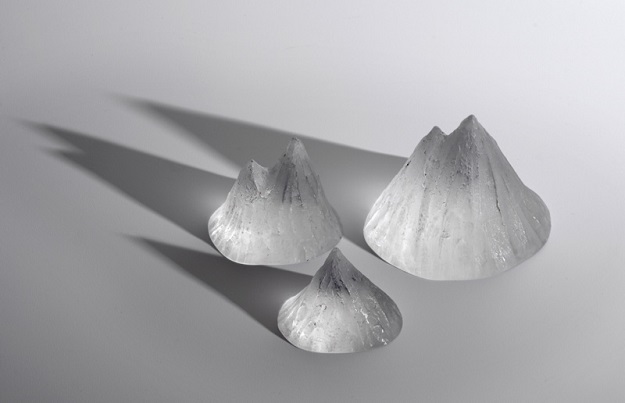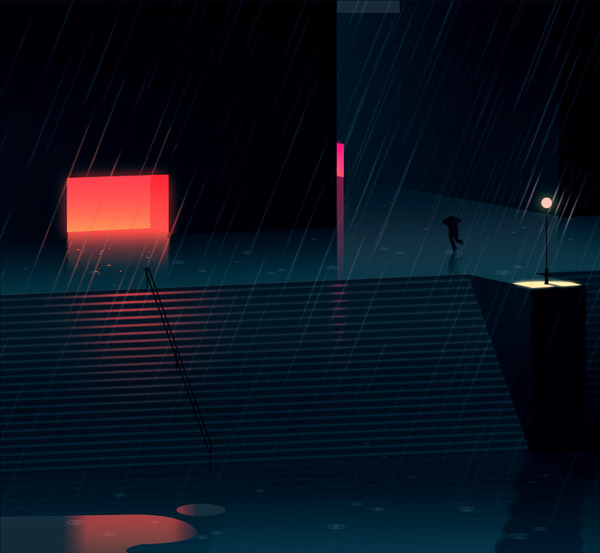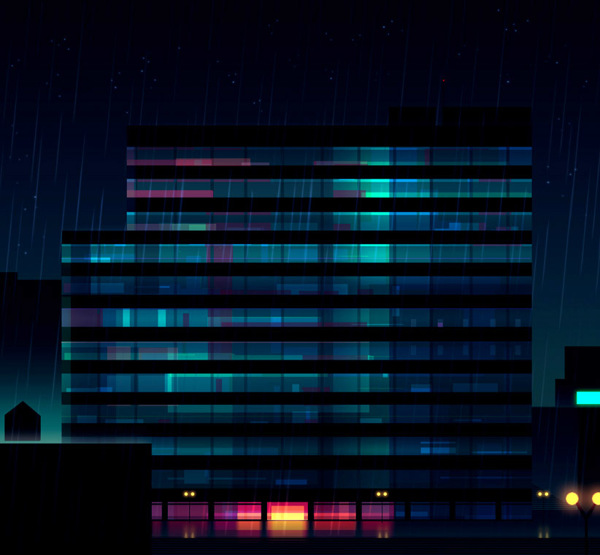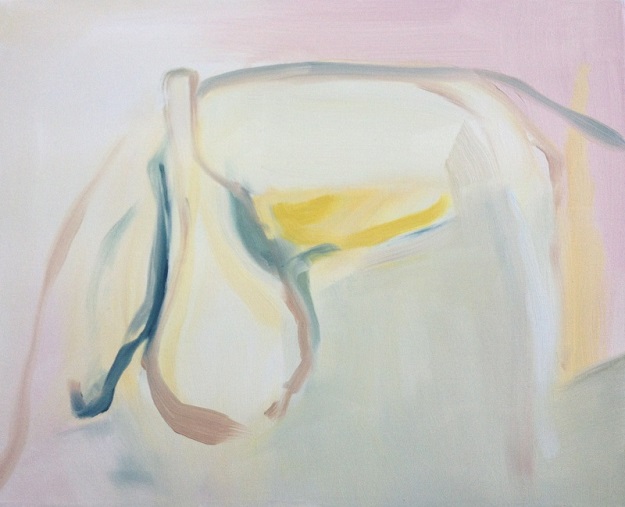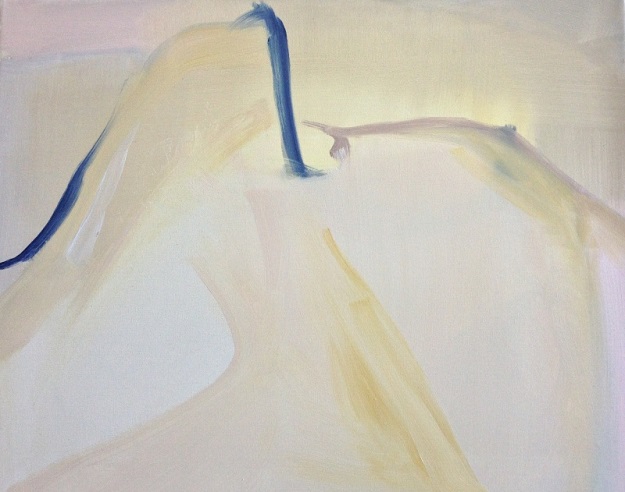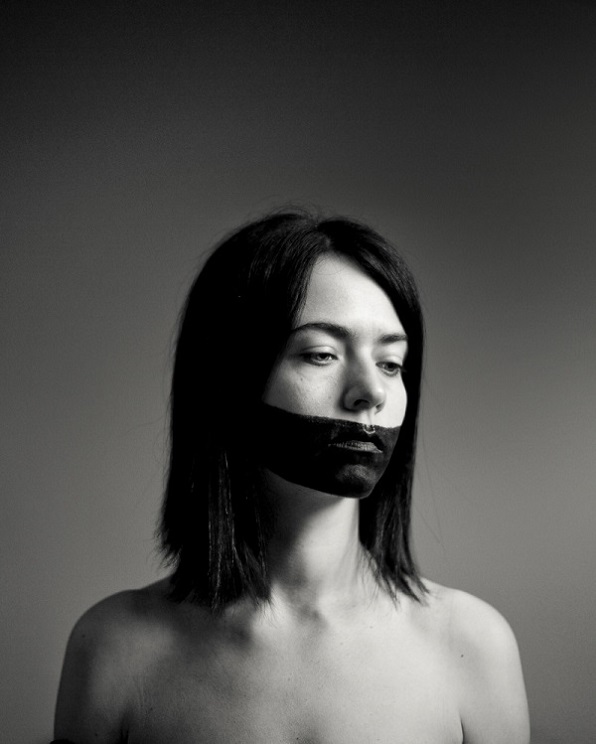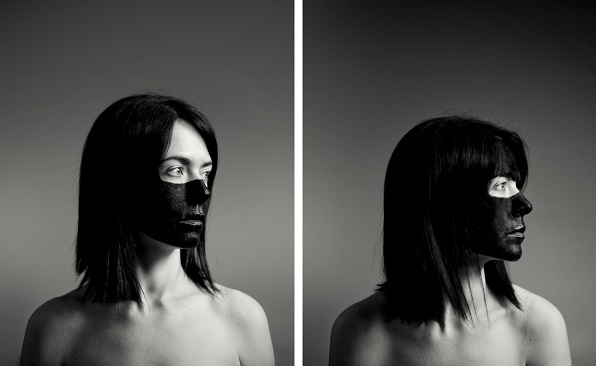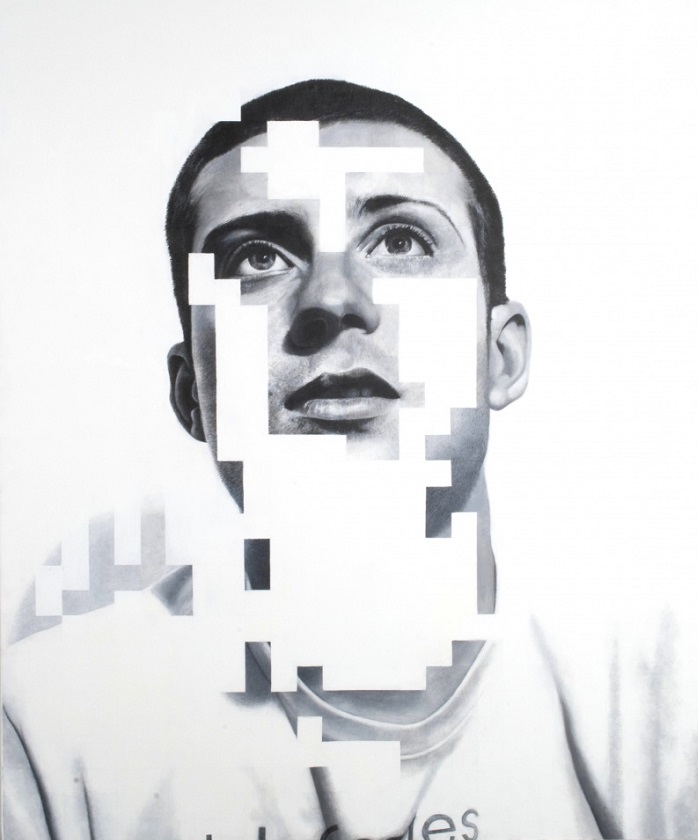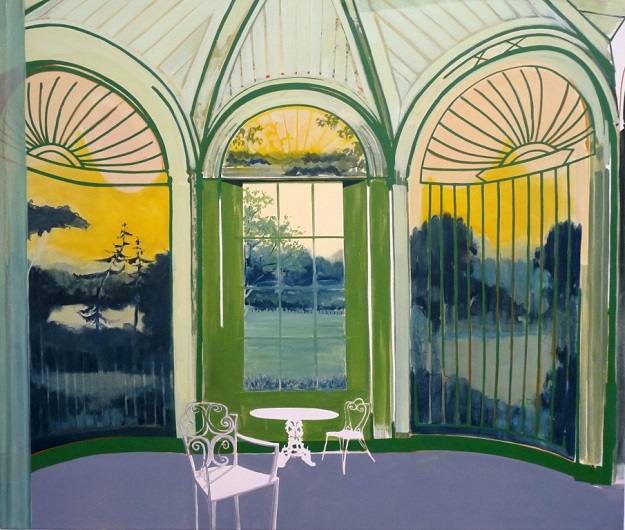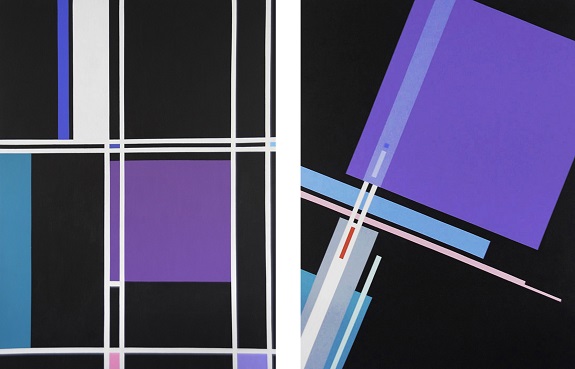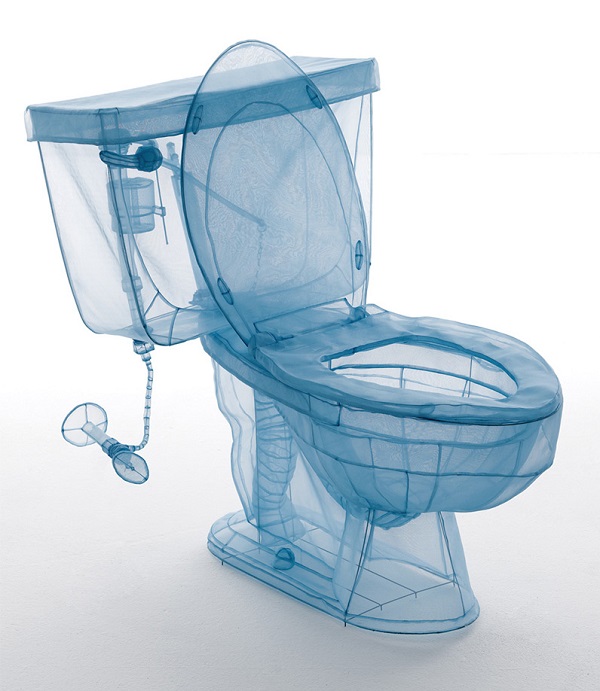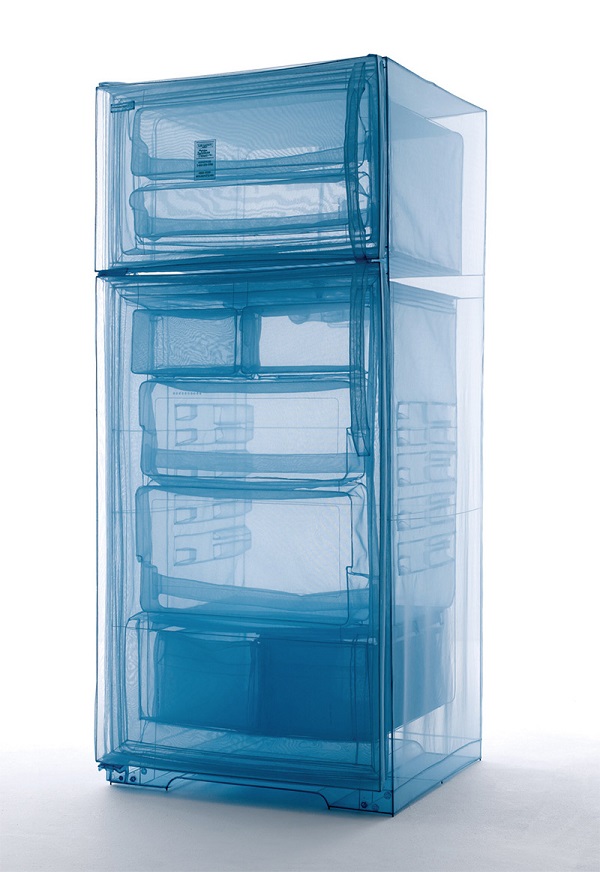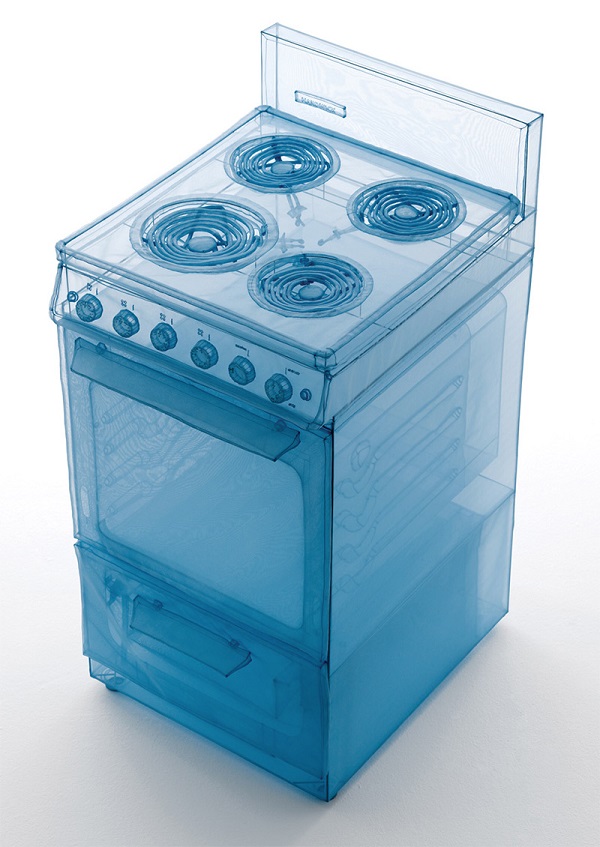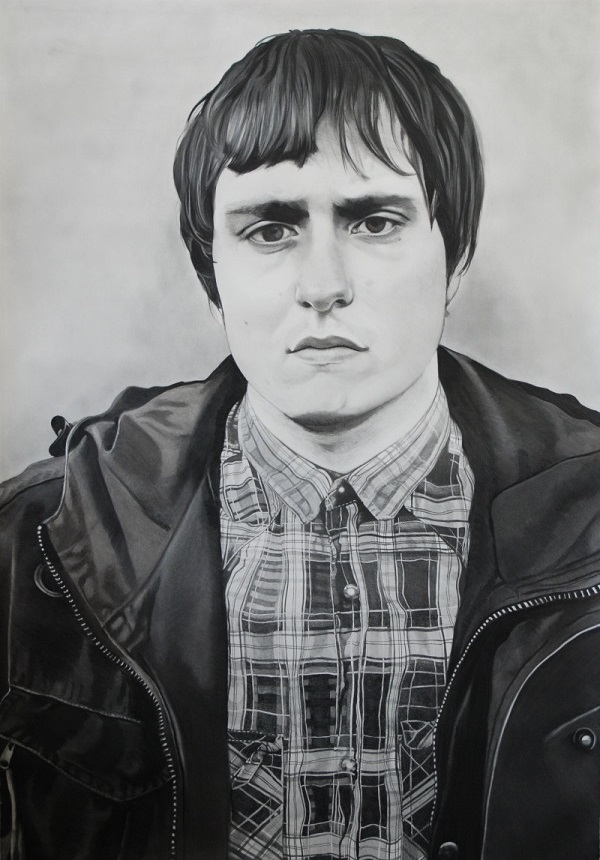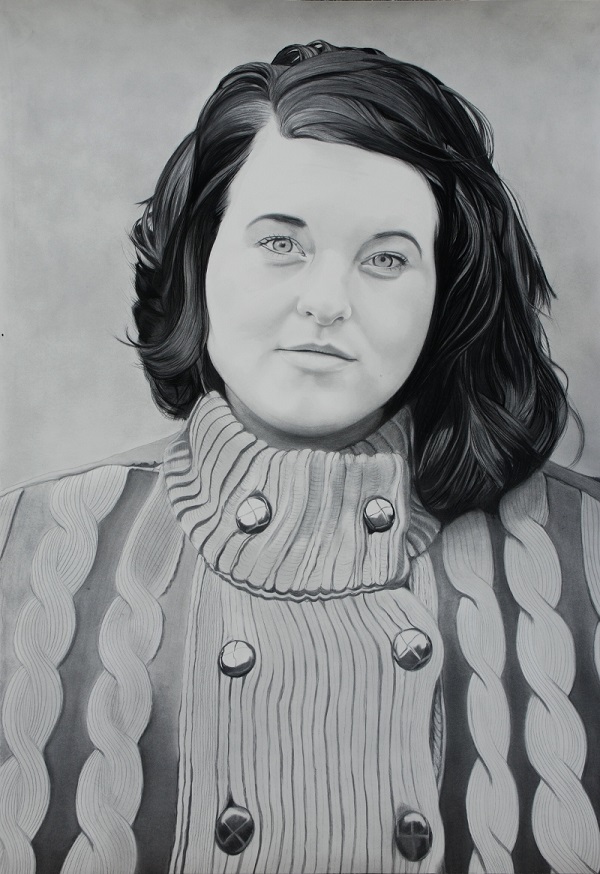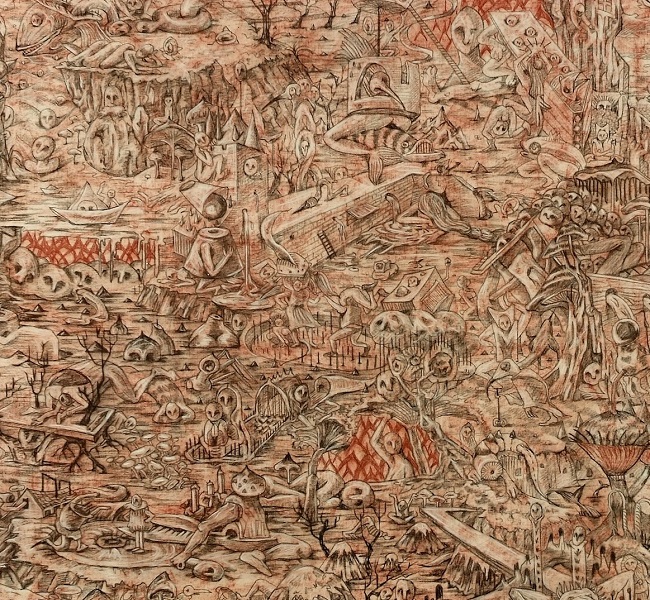 ‘Somewhere’ (detail) chalk on canvas,160 x 350 cm, 2012
‘Somewhere’ (detail) chalk on canvas,160 x 350 cm, 2012
Contemporary Visions IV presents nine international artists (selected from a pool of nearly 1500 applicants), who represent a host of disciplines and perspectives in contemporary art. Even through the artists use unique methods and mediums, they exhibit a desire to question traditional modes of artistic consumption. Here, notions of aesthetics and the politics of looking are always under scrutiny. Many of the works offer reinterpretations of art historical canon, simultaneously venerating and veering away from their antiquated source material. One senses a reverence for historical precedent, as well as a drive to reinvent contemporary ideas of artistic practice. Also of significance are the themes of fantasy and transformation. Through metamorphosis of the human figure (and the spaces it inhabits), these artists challenge preconceived notions of artistic authority, and pave the way for a new understanding of the impact of contemporary art. Continue reading “Hyunjeong Lim’s ‘Somewhere’
At the Beers Contemporary’s ‘Contemporary Visions IV’”
